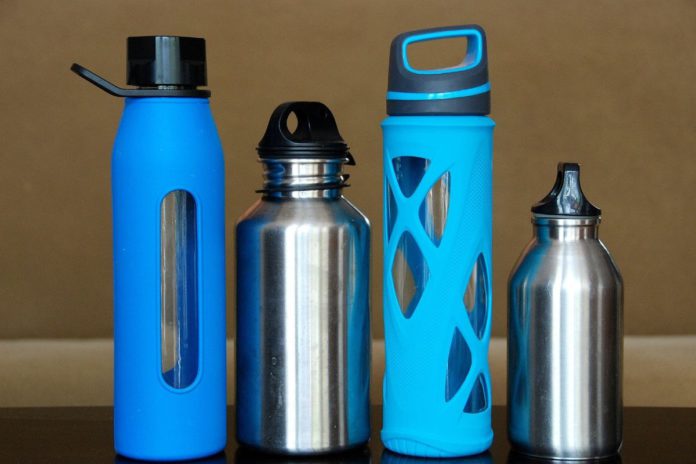Going zero waste is a way of conserving resources and minimising pollution. The aim of being zero-waste is, as the name suggests, to produce no waste at all.
As it can be challenging to produce absolutely no waste in current society, making a conscious effort towards becoming waste-free results in a positive impact on lowering waste produced.
Zero-waste pioneer, Bea Johnson, has suggested the following 5 Rs to help get on track with a zero-waste lifestyle.
They are as follows: refuse, reduce, reuse, recycle and rot.
Refuse
Refusing items you do not need decreases the potential for waste in your home.
Turning down free gifts that are not essential, flyers and advertisements, will decrease waste.
In turn, this will hopefully create less of a want for these items to be produced, decreasing the demand for them to be made in the first place.
Reduce
Reducing the number of items that come into your home is another important step. By creating a shopping list and only getting what you need, there is less potential for excess waste.
Once again, it is all about focusing on what is essential and what is non-essential in your life; this will differ for everyone.
Before buying something, consider if you really need it. Could you borrow it, rent it, or purchase it at a second-hand shop? Assess what you use a lot and what you use very little during the reducing process; this will help you decide what you need and do not need.
Reuse
Reusing items is a great way to reduce waste. Replace disposable items with reusable ones.
For example, buying a reusable coffee cup, reusable water bottle, or reusable bags for grocery shopping minimises the amount of waste being produced.
Buying second-hand items before purchasing something brand new is a great way to reduce the overall waste being created.
Carry your own bags and say no to plastic-wrapped vegetables/fruits; buy the loose ones. Taking a reusable container to your local deli, butcher, or shop is a notable step in reducing the plastic waste entering one’s household.
Simply ask the shop assistant to put the item you want to buy in your own container. Most shops have no problem with this and will take the container’s weight into account. Remember, if you do not ask, you do not get.
Recycling
This is another vital step. Being able to recycle what you cannot refuse, reduce, or reuse is a great way to create less waste. Furthermore, it will convert your waste into a reusable material meaning.
Saving resources and sending less trash to landfills reduce air and water pollution.
You should recycle items such as glass bottles and jars (recycle lids/caps separately.), paper, drinks cartons (milk, juice, etc.), aluminium (cans and foil) and plastic bottles.
Besides, purchasing things that are made from recycled materials is a great way to increase the demand for more recycled materials.
Rot
This refers to compost; the process involves decomposing organic material into a humus-like material, known as compost, which is a good fertiliser for plants.
Fruits, vegetables, dairy products, grains, bread, unbleached paper napkins, coffee filters, eggshells, meats, and newspaper, amongst other things, can be composted.
To note, this is an ideal way to diminish a large portion of food waste created in one’s kitchen.
Small steps
Overall, implementing these small steps can make a significant impact on decreasing waste produced in the home.
Making other smalls steps such as responding to companies via social media or emailing them regarding their packaging can also help.
Finding products that are packaged in glass metal or cardboard and buying things that you can refill are great ways of reducing your impact on waste created.
You can read more top tips.





